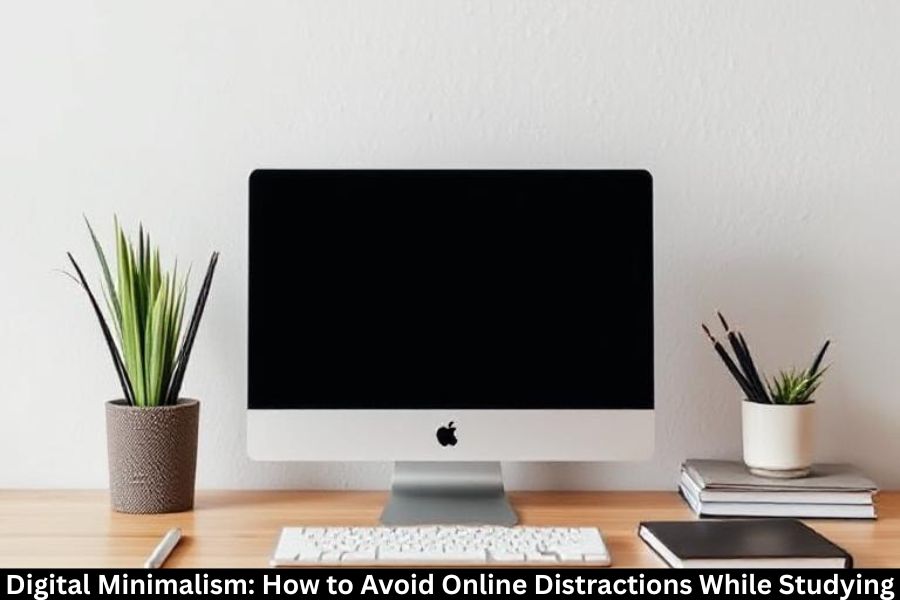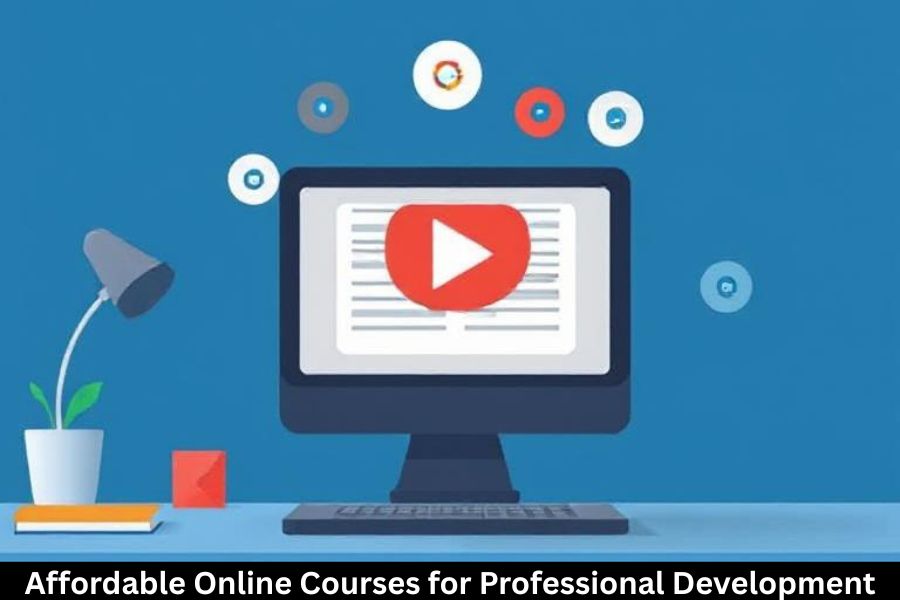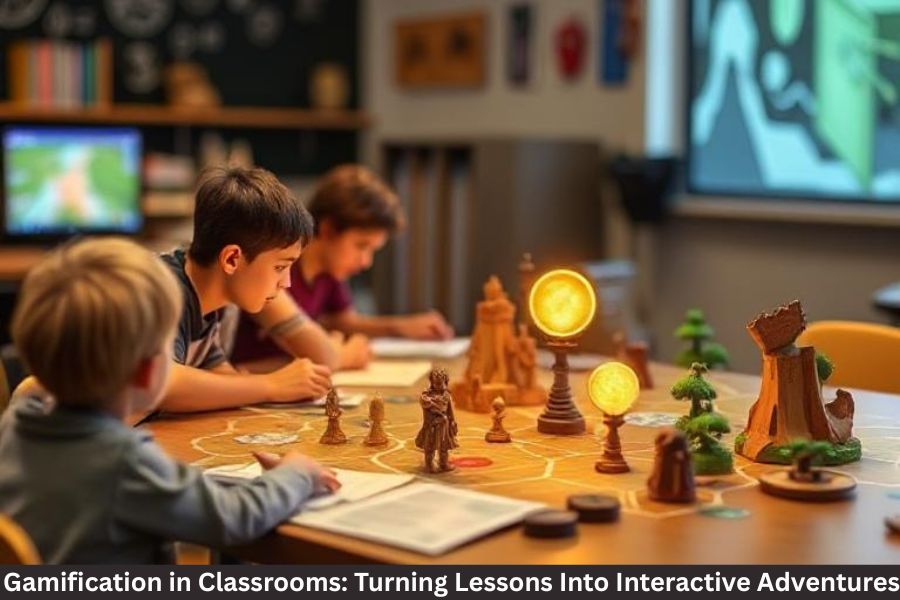In today’s digital world, staying focused while studying can feel like an uphill battle. With constant notifications, social media updates, and endless online content just a click away, distractions are everywhere. This is where digital minimalism comes in—a mindful approach to using technology that helps you regain control, boost productivity, and make your study sessions more effective.
If you’ve ever found yourself procrastinating online or losing track of time scrolling through feeds, digital minimalism might be the key to transforming your study habits. Let’s dive into what digital minimalism is and how you can apply it to avoid online distractions while studying.
What Is Digital Minimalism?
Digital minimalism is the practice of intentionally simplifying your digital life by reducing unnecessary technology use and focusing on tools that add real value. It’s about cutting out the noise and distractions so you can concentrate on what truly matters—like your studies.
This philosophy encourages quality over quantity in digital interactions, helping you use technology purposefully instead of mindlessly.
Why Is Digital Minimalism Important for Studying?
- Improves focus and concentration
- Reduces stress and cognitive overload
- Increases time efficiency
- Enhances deep learning and retention
- Promotes healthier screen habits
By limiting distractions, you create an environment that supports better academic performance and mental well-being.
How to Practice Digital Minimalism While Studying
1. Create a Distraction-Free Study Zone
Designate a study space where you keep only necessary materials—laptop, textbooks, notebooks—free from unrelated gadgets and clutter. This physical separation helps signal your brain that it’s time to focus.
2. Turn Off Non-Essential Notifications
Notifications are attention thieves. Disable alerts from social media, email, and messaging apps during study time. On many devices, you can use Do Not Disturb or focus modes to silence interruptions.
3. Use Website Blockers and Focus Apps
Tools like StayFocusd, Forest, or Cold Turkey can block distracting websites or apps for set periods, encouraging sustained attention.
4. Schedule Specific Times for Checking Social Media
Instead of allowing random social media breaks, set fixed times—like 15 minutes during lunch—to check your accounts. This reduces impulsive checking and keeps distractions at bay.
5. Simplify Your Digital Tools
Use only essential apps and tabs while studying. Close unnecessary browsers and apps that aren’t related to your work. Minimal tabs = minimal distraction.
6. Practice Single-Tasking
Focus on one task at a time rather than multitasking between study materials and devices. This deepens concentration and improves memory retention.
7. Implement the Pomodoro Technique
Study in focused intervals (e.g., 25 minutes), followed by short breaks. During breaks, feel free to check your phone or relax. This method balances focus and rest, preventing burnout.
8. Reflect on Your Digital Habits
Keep a journal of your digital usage and how distractions affect your study sessions. Awareness is the first step to change.
Additional Tips for Staying Focused
- Use physical study aids like paper notes or flashcards to minimize screen time.
- Practice mindfulness or meditation to strengthen your attention span.
- Set clear goals for each study session to stay motivated and on track.
FAQs: Digital Minimalism and Studying
Q1: How long should my study sessions be to avoid digital distractions?
Aim for 25-50 minute sessions with short breaks. This balances concentration and stamina.
Q2: What if I need the internet for studying but get distracted easily?
Use focus apps to whitelist only necessary websites and block others. Also, close all non-essential tabs.
Q3: Can digital minimalism help reduce eye strain?
Yes, reducing unnecessary screen time and taking breaks can lessen eye fatigue.
Q4: How do I deal with FOMO (fear of missing out) when limiting social media?
Remember that taking breaks enhances productivity and well-being. Scheduling specific social media times helps ease this feeling.
Q5: Is it okay to use digital tools like e-books and apps while practicing digital minimalism?
Absolutely! The key is mindful usage—use digital tools intentionally and avoid distractions.



